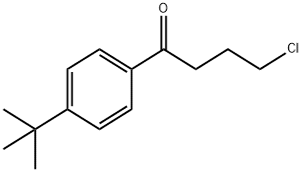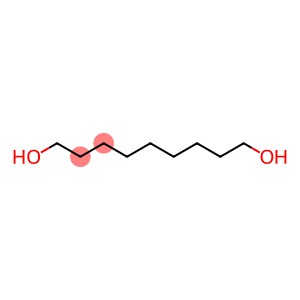Heptanoic acid(CAS#111-14-8)
| Hazard Symbols | C – Corrosive |
| Risk Codes | 34 – Causes burns |
| Safety Description | S26 – In case of contact with eyes, rinse immediately with plenty of water and seek medical advice. S28 – After contact with skin, wash immediately with plenty of soap-suds. S36/37/39 – Wear suitable protective clothing, gloves and eye/face protection. S45 – In case of accident or if you feel unwell, seek medical advice immediately (show the label whenever possible.) S28A - |
| UN IDs | UN 3265 8/PG 3 |
| WGK Germany | 1 |
| RTECS | MJ1575000 |
| TSCA | Yes |
| HS Code | 2915 90 70 |
| Hazard Class | 8 |
| Packing Group | III |
| Toxicity | LD50 i.v. in mice: 1200±56 mg/kg (Or, Wretlind) |
Introduction
Enanthate is an organic compound with the chemical name n-heptanoic acid. The following is an introduction to the properties, uses, preparation methods and safety information of heptanoic acid:
Quality:
1. Appearance: Heptanoic acid is a colorless liquid with a special odor.
2. Density: The density of enanthate is about 0.92 g/cm³.
4. Solubility: Henanthate acid is soluble in water and organic solvents such as ethanol and ether.
Use:
1. Heptanoic acid is often used as a raw material or intermediate in organic synthesis.
2. Heptanoic acid can be used to prepare flavors, medicines, resins and other chemicals.
3. Henanthate is also used in industrial applications such as surfactants and lubricants.
Method:
The preparation of heptanoic acid can be achieved in a variety of ways, the most commonly used method is obtained by the reaction of heptene with benzoyl peroxide.
Safety Information:
1. Enanthate acid has an irritating effect on the eyes, skin and respiratory tract, so pay attention to protection when contacting.
2. Henane acid is flammable, open flame and high temperature should be avoided when storing and using.
3. Heptanoic acid has a certain corrosiveness, and contact with strong oxidants and strong acids should be avoided.
4. Attention should be paid to ventilation during the use of heptanoic acid to avoid inhaling its vapor.
5. If you accidentally ingest or accidentally come into contact with a large amount of enanthate, you should seek medical attention immediately.







![9-Boc-7-oxa-9-azabicyclo[3.3.1]nonan-3-one(CAS# 280761-97-9)](https://www.xinchem.com/uploads/9Boc7oxa9azabicyclo331nonan3one.png)
